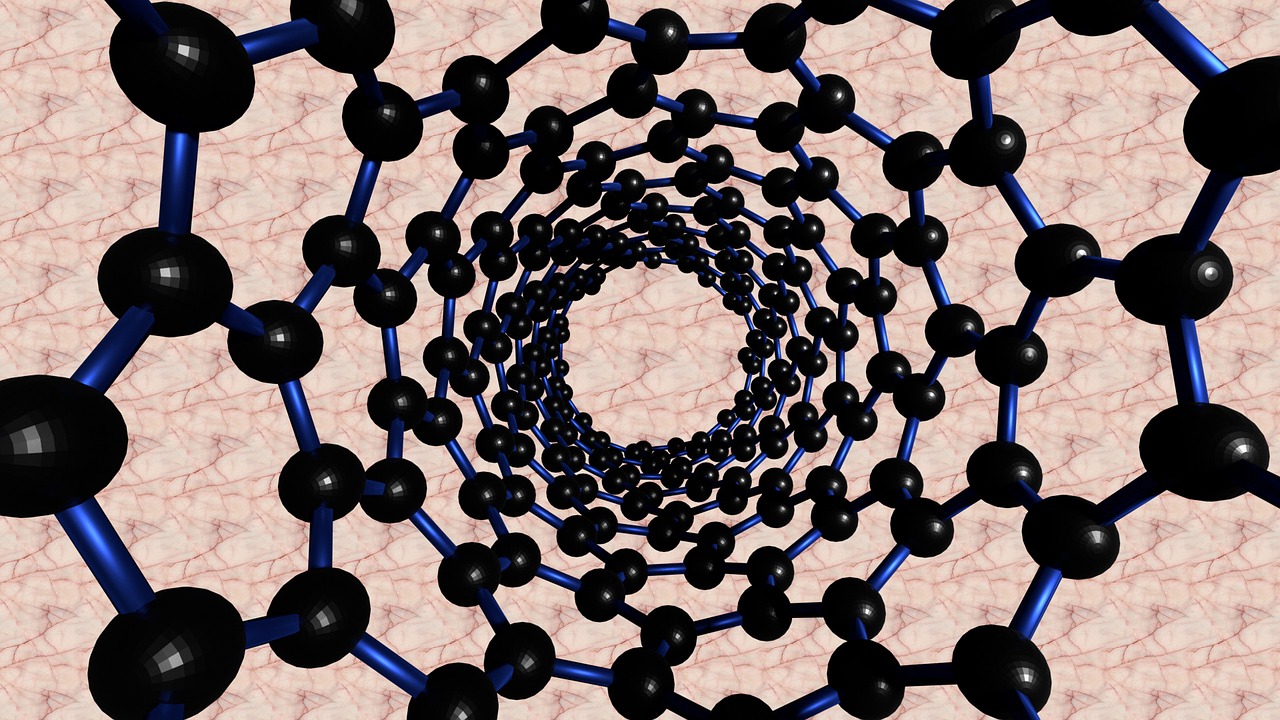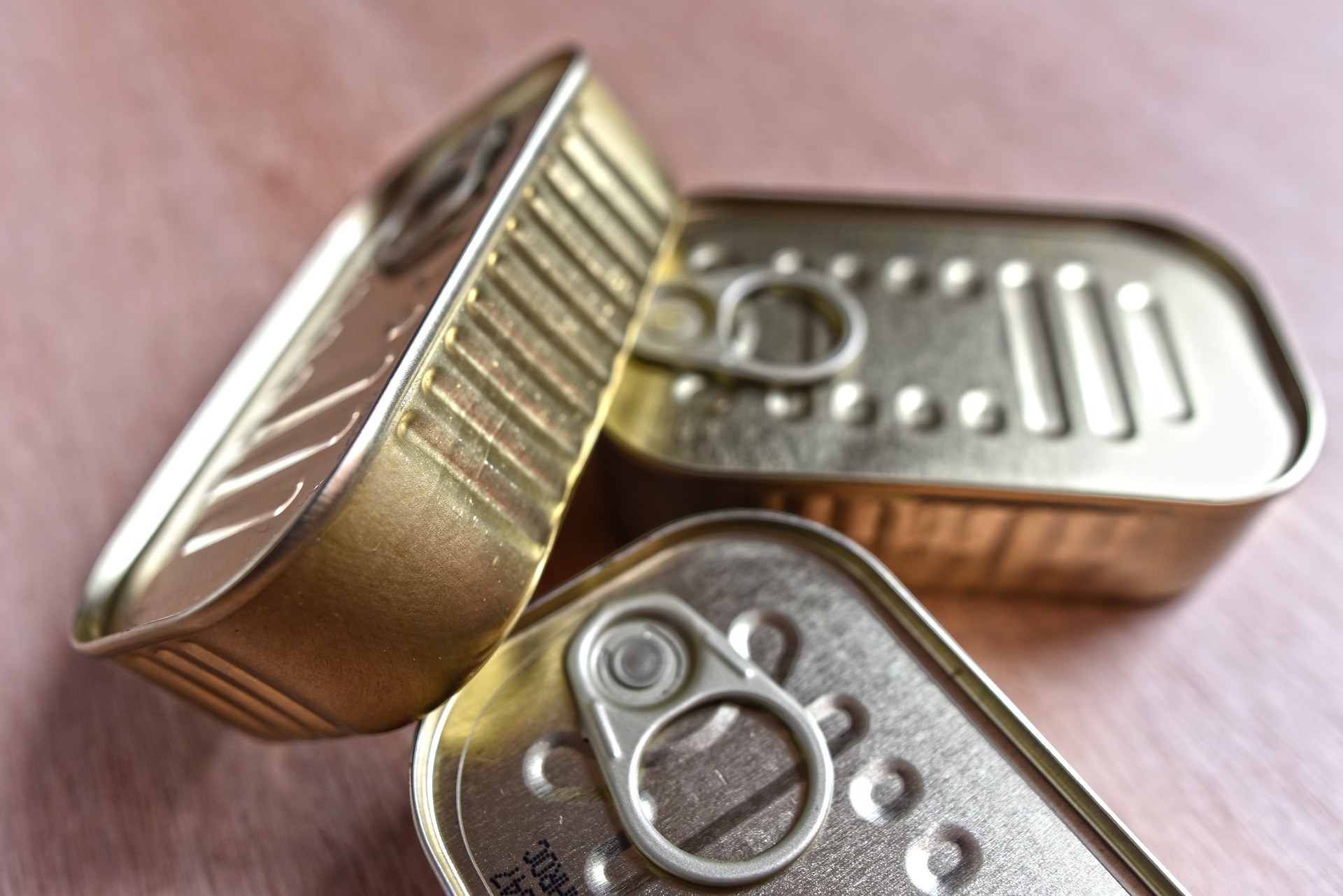Last Updated on June 20, 2022 by Mostafa
Table of Contents
What is Nanotechnology?
During his speech, almost 60 years ago, Richard Feynman asked: “What would happen if we could arrange the atoms, one by one, in the way we want?” He was the first one to envision the idea of nanotechnology. During the next 30 years, microscopes were being developed, allowing the idea to be realized. When scientists were finally able to see and manipulate matters at the atomic level, nanotechnology became a study. It is defined as “the study and manipulation of matter on an atomic, molecular, and supramolecular scale.”
Get Started Praxilabs For FREE

The rise of nanotechnology allowed scientists to study objects on a much smaller scale. As a result, they needed a unit of measurement (which they name the nanometer) that fits this scale. The nanometer is a fraction of one billionth of a meter. To illustrate the nanometer, you can imagine that the thickness of a journal paper is 100,000 nanometers, a thousand times smaller than the diameter of a human hair.
Some examples of nanotechnology are found in nature. For instance, frogs use nanomechanical cantilevers, which exist in their ears, to measure deflections. According to the sound they hear, they can measure deflation as small as 3nm. Additionally, butterfly wings appear intricately colorful because of nanoparticles that act as photonic crystals.

Nanotechnology can also help us live a healthier, more resourceful life. It has the key to providing clean energy to meets the needs of the world. Moreover, it can provide us with clean water sources by purifying polluted water. It helps in preserving human health as it has a lot of applications in the medical field. It can offer solutions for multiplication of agricultural crops. Besides all this, it contributes greatly to technology development.
Classification of Nanomaterials:
Nanomaterials are classified according to the number of dimensions which are outside the nanoscale (<100 nm) range. Thus, they are divided into:
Zero-dimensional nanomaterials: materials with all dimensions in the nanoscale (<100 nm) range, such as quantum dots, which are used in solar cells and transistors.
One-dimensional nanomaterials: These materials contain only one dimension outside the nanoscale (<100 nm) range, such as nanotubes, which play an important role in the manufacture of electronics. They are used in surface coatings such as the surface coating of metal products to protect them from corrosion and rust. They are also used to save food from contamination and rot.

Two-dimensional nanomaterials: These materials contain two dimensions outside the nanoscale (<100 nm) range, such as nanolayers, which are used in the manufacture of sensors.
Three-dimensional nanomaterials: Some materials have all dimensions outside the nanoscale (<100 nm) ranges but are still classified as a type of nanomaterials. This classification happened because they have some characteristics of the nanoscale such as: having a nanocrystal structure or containing other materials that are zero-dimensional, one-dimensional or two-dimensional nanomaterials. Some examples of such are nanoparticles, Powder Metallurgy and very soft ceramic materials. It should be noted that the three-dimensional nanomaterials are the most produced type of nanomaterials globally because of their diverse technological applications.
Join Praxilabs Now!Applications of Nanotechnology:
When some materials are manipulated at the atomic scale, they acquire unique and important visible, electrical or magnetic properties. This is why nanotechnology applications vary in different areas of life such as energy, medicine, agriculture, electronics, etc.
Now we will mention some of these applications:
In Electronics: Nanotechnology helps to increase the efficiency of electronic devices while reducing their sizes and the amount of energy they consume.
In Solar Cells: scientists have been able to manufacture nanosolar cells at a lower cost than that of traditional solar cells.
In Food: Nanotechnology contributes to the development of food science from grain cultivation to packaging. It helps to improve food quality, increase food benefits, and maintain its safety.
In Medicine: Scientists are working on transferring the drug directly to disease-infected cells using nanoparticles. Scientists from The National University of Science and Technology “MISiS” have shown that a hybrid nanomaterial based on magnetite-gold particles can serve as a universal platform to both detect cancer cells anywhere in the body and to complete targeted deliveries of drugs to these cells.
In The Batteries: By using nanotechnology in the manufacture of batteries, some companies have developed batteries that do not spoil if they haven’t been used for a long time.
In space: The use of nanotechnology will make travelling in space more practical. By using nanomaterials in the manufacture of spacecraft, we will be able to reduce their weight and thus significantly reduce the amount of fuel necessary to pay them. These applications will also reduce the cost of space travelling.
In Air Refining: Nanotechnology technology can be used to convert cars and factories’ release of harmless gases.
In Water Treatment: Nanotechnology is used to remove industrial waste from groundwater by converting polluting chemicals into harmless substances. Studies have shown that this method can be successfully used to reach contaminants in the underground ponds at a much lower cost than the methods that require pumping water from the ground for treatment.
In Sports: Applications of nanotechnology in sports are mainly used to increase the strength of tennis rackets and improve the quality of tennis balls by reducing their loss of air.

Nanotechnology is still invading the various fields. What we have mentioned here is just the tip of the iceberg, and the future of this technology still carries more and more. This area of science provides fertile ground for developing this technology and harnessing it to serve humanity.
Praxilabs provides a set of physics, chemistry and biology virtual experiments. you can try your free trial here.
 PraxiLabs A virtual world of science
PraxiLabs A virtual world of science
